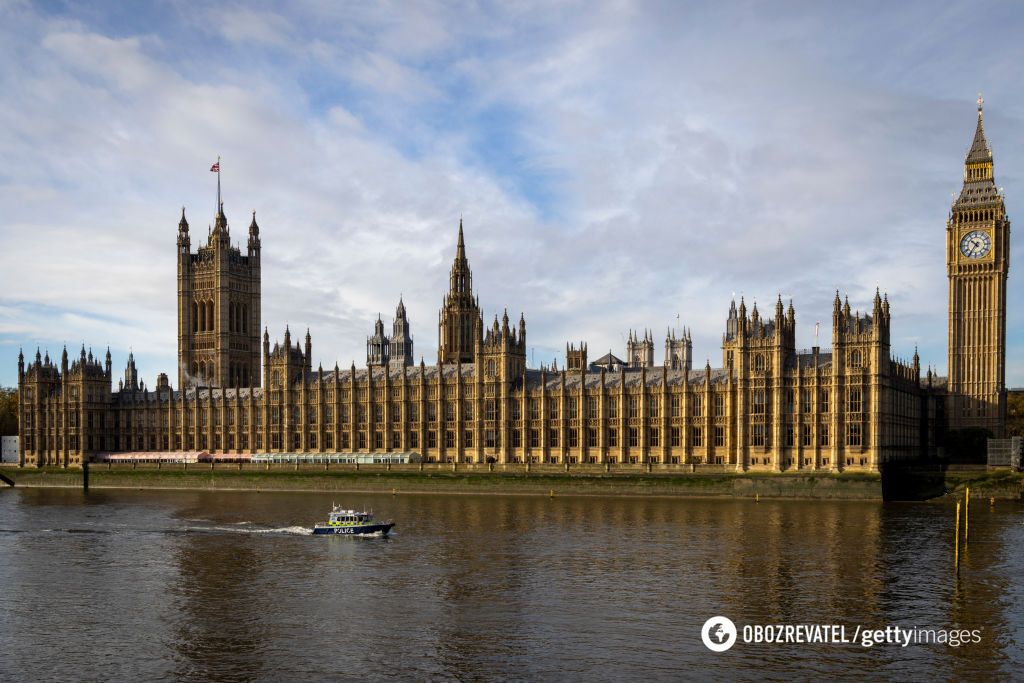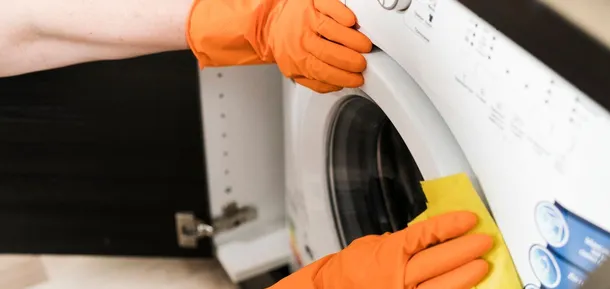News
The mystery behind hundreds of human skeletons at the bottom of Thames finally solved
Hundreds of human bones have been dredged from the bottom of the Thames River in England over the past two centuries. Scientists have analyzed 30 skeletons found in the famous London river to find out when and why the corpses ended up in the river.
The new study suggests that most of the remains date back to the Bronze and Iron Ages, but the question of why people threw corpses into the Thames has several answers, LiveScience writes.
"Most people — including Londoners! — are quite taken aback to hear that hundreds of human bones have come from the River Thames. Human skeletons have been encountered fairly regularly in the water places of northwest Europe, but the Thames human bones represent a uniquely large assemblage," said Nichola Arthur, lead author of the study and curator at the Natural History Museum in London, Metro reports.
One early theory was that the corpses came from a battle between the Celts and Romans. In the late 20th century, however, experts suggested that most of the bodies came from erosion of riverbank burials and drowning victims.
"The big question for these human bones is how they came to be in the river," Nichola said. The scientist's first step was to create dozens of radiocarbon dates to better understand when the bodies were there.
When the researchers combined their 30 new radiocarbon dates with 31 previous dates, they found that the Thames bodies appeared from 4000 BC to 1800 AD - a span of nearly 6,000 years.
However, the majority of the bones come from the Bronze Age (2300-800 BC) and Iron Age (800 BC to 43 AD) and were found in the upper reaches of the river, experts say.
"We can now say with confidence that these don't appear to just be bones that have steadily accumulated in the river through time. There really was something significant going on in the Bronze and Iron Ages," Arthur said.
The exact reason for throwing the bodies in the Thames is unclear, but the researchers suspect it was part of a larger plan in northwestern Europe where prehistoric people deliberately stored ritually important remains in bodies of water.
"This research has moved the arguments along, but the funerary origin of these remains is yet to be completely studied and demonstrated," said Chris Knüsel, a bioarchaeologist at the University of Bordeaux in France.
Only verified information is available on OBOZ.UA Telegram channel and Viber. Do not fall for fakes!




























